Mobile Inspection Technology
Using smartphones, tablets, laptops and other mobile technology tools, today’s insurance inspectors are able to work more accurately and efficiently. This applies not only to conducting risk analyses for underwriting purposes but also for use when assessing damages during the claims process.
Smart phones provide high-quality cameras capable of documenting evidence during an inspection and they can immediately send that information on to interested parties. This same inspection technology can be utilized by policyholders when fulfilling self-inspection requirements for a policy renewal or opting to use certain AI applications available such as Lemonade.
Drone Technology Provides a New Perspective
Drone technology is becoming recognized as a fantastic addition to the insurance inspection process. Using drones has been proven to save time and money during property inspections but also to keep inspectors safer. Getting a birdseye look at a rooftop, especially one that’s steep or slippery, is much preferred using a drone than having an inspector physically climb onto the roof to complete a roof inspection.
Aerial imagery can provide a full 360deg view of a property, including surrounding areas. It can provide a detailed view of roof shape and condition as well as roof material and the overhang of any trees. While the use of drones is becoming increasingly popular, it’s not a replacement for in-person inspection, but rather a useful adjunct. Drones are a great tool but, just like with any tool, best results depend on the person or persons operating them. There are various qualities of drones, drone cameras and drone operators. Make sure you know what you’re getting.
Big Data Analytics
The role of data in the insurance industry has never been more important. Insurance companies have been using data for accurately pricing risk for many years, but today’s technology now makes it possible to analyze extremely large amounts of data within seconds, looking for useful patterns, to help fine-tune accurate risk analysis.
Dealing with the complexities of risk assessment in order to accurately estimate the price of an insurance policy is one of the most important aspects facing insurance companies. This is also the area where big data is having the biggest impact on insurers.
Due to the vast volume of data generated by insurance companies and recent advancements in AI (specifically machine learning), big data analytics is able to detect trends, patterns and associations that can help make risk assessment more accurate.
Technology factors into insurance inspections and policy underwriting in numerous ways and, here at Insurance Risk Services, we’re staying ahead of the tech curve to help our clients do their jobs better and to protect their bottom lines.


